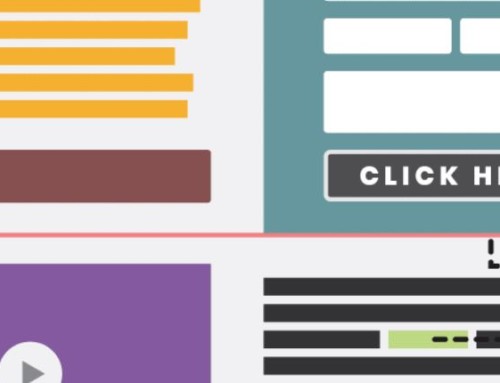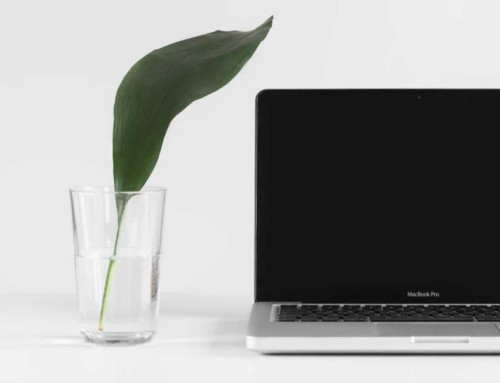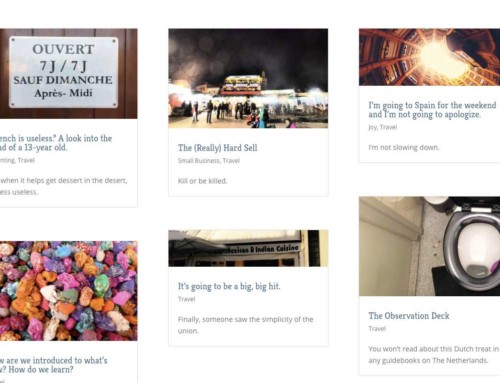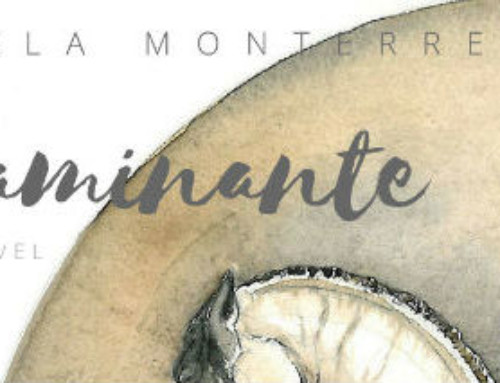So you’ve chosen WordPress and you’re looking for a theme.
You’ve looked through the free themes at wordpress.org, you’ve done a search for “beautiful WordPress themes,” and you’ve looked at a site your friend told you had some good themes. Your eyes are glazed over, your coffee is cold and almost empty and you’re not sure you’re any better off than when you started your search. You turn to your trusty dog, half-asleep at your feet, and ask, “Rudolf, how do I choose a WordPress theme?”
As a website designer who’s been with WordPress since version 0.9, who’s created hundreds of WP sites, and who’s also seen the exponential growth of WP development and design, I’m here to help.
Questions to Ask
Before you even open your browser, ask yourself some questions that will prepare you better for your search.
- Who is your site for?
- What would you like your site to accomplish?
- What features are you looking for?
- What content do you/will you have?
- What look (and feel) are you striving for?
If answers aren’t immediately coming to mind, maybe you should take a few minutes (or months) and jot down some ideas. Are you part of a team doing this search? Jot down your goals and share them with those on your team.
When you have a better idea of what you’re looking for, you’ll be better prepared to get going. If you want to be even more prepared, you might list some sites you admire. Write down also WHY you like them. “I just like it.” is nice for your five-year old, but more helpful is something like, “Navigation is easy and it has a smart, professional look. Excellent landing page branding with large, panoramic images.” Maybe find three to five sites that you’re striving for. Not necessarily in your industry.
I’ll Know It When I See It
For me, as a designer (and “namer” (naming companies and products as my moonlighting gig)), this phrase says you’re not ready because you don’t know WHY you’re looking for what you think you’re looking for. You just won’t admit it and you’re dying to just start with the search already. But it’s not just a beauty contest, it’s not necessarily only a subjective decision, and if you can’t say why you like something, you won’t be able to convey the benefits to your audience. It becomes only a question of opinion or style and, unless you’re a designer and that’s your goal, then it’s helpful to have some reason behind the, well, madness.
If it sounds like I’m preparing you for a long journey where you might wander off into an empty desert and continue aimlessly for eternity, it’s because I’ve been down that path and I’m trying to help you prevent it. Bring water.
Tahiti, Tzatziki and Bikinis
A word of warning, OK, another word of warning. When looking through the themes, be careful not to be wowed by the photography. Especially with “portfolio” sites that show off lots of imagery, try to imagine your own content in there. If you’re not going to have professional photography (or even find excellent stock photography), make sure to look at the theme for what’s around the beauty. Dare I say, beauty is not skin deep.
Content: Photographer, Writer, or Candlestick Maker
Ready to start hunting? Good. Those portfolio sites that have all of that stunning photography, uber-hip Cuber sliders, and fading featured photos are sure impressive, but if your main gig is going to be writing and you’re not going to be able to come up with all of that imagery, steer clear. If there are categories on the theme site, see if they’re helpful, content wise.
Content Organization
How is the content on the theme organized? What’s prioritized? What’s on the landing page? Are there content areas where you can put in what you’ll need? Maybe a list of upcoming events? Recent articles? Think about your content and what your priorities are. I’m currently working with a school and their upcoming events are very important to their audience (parents). They want to make sure to have a spot on the site that’s clearly visible on every page that lists them. Think about your content and how it would work in the theme.
Features: All themes are not created equal
Faders, sliders, slideshows, shortcodes, tabs, WP 3.0 menu system, admin control panel, widgets, and frameworks. Whoa, wha? Not all themes are created equal. If you’d really like an image gallery that has a large image, thumbnails of the gallery below it, a fading auto-run, and captions, find one that does it well and keep that theme on your favorites list.
More often than not, features are WordPress plugins. So those cool tabbed sidebar widgets that you liked could be replaced on the theme with a plugin usually fairly easily. That said, much like adding after-market air conditioning to your new car will never be as good as factory-installed.
Test Drive: Kick the Tires, Take it Around the Block
Free themes you can download and install on your existing WordPress site. Paid themes you’re going to have to settle for looking in the shop window. Still, you can learn quite a bit by moving through the demo site, going to every type/style of page, category template, and landing page. If they have a demo of the WP admin area, have a peek. You can usually tell pretty quickly if it’s just a few checkboxes or if there’s a full-blown control panel that gives you control of features.
Customization or “How much would it cost to move the right sidebar to the left?”
This question is for me, often the link between you, your new theme and your final site, extremely important. This is the difference between a site that’s up and live tomorrow at minimal time and cost versus the tweaked, twisted, and tortured theme that’s live, not quite ready, but finally unveiled after months–if not years–of back and forth. Ouch. How can we meet somewhere in the middle, maybe closer to the quick result. Let’s use my favorite analogy: the house.
A contractor came by the house and when I asked him if we could put a window in the upstairs bathroom he said, “Of course.” Well, that was good news, right? He didnt’ say anything else. “Would it be difficult?” I asked after an uncomfortable pause. “Yes,” he said. “Oh.” He later said that he could do anything with enough time and money. Yeah, that’s not really the answer I was looking for.
So what is it that’s going to be easy to change and what’s going to be a huge pain, costly, and might not even work right? I’m going to try to create a few simple guidelines.
Easier to Change
- Colors
- Images
- Fonts
Harder to Change
- Layout
- Features (customizing)
- Photoshop work on image elements (buttons, gradients, etc.)
A simple tip on keeping costs down would be to think of it as a house and try not to tear down any walls. You can paint, put up pictures, add even install a jacuzzi on the deck. That’s all using the existing framework of the house so for the developer or designer, there isn’t heavy lifting to do. As far as moving walls around, that will depend on the flexibility of the theme. There are themes that allow you to put the sidebar on the left or right (or both) and let you do this with ease from within the WP admin.
The limitation of the “don’t move the walls” idea is the 80/20 rule (20% of the request will take 80% of the time). Think of the bathroom sink with a marble countertop. Say you ask to move the wash basin from the left side of the counter to the middle. That would mean cutting a new hole in the marble slab and patching the old hole. Getting the idea? Going to be a big job and probably won’t even work.
Even though we’re talking about digital files that don’t require a special saw to change, there are times when it seems that carving up marble would be easier. The trouble is that it’s often hard to say what’s going to be easy and what’s going to be difficult. Or rather, if it’s going to be difficult, it can be difficult to say just how difficult it’s going to be.
Maybe you should look at a different house
If it seems like you’re going to be doing so much demo work on your new theme and your developer is asking all kinds of questions about why you’re doing what you’re doing, it might be worth thinking of looking for a different theme. Of course, if you have a large budget and you just want to make this theme work, great, but if you’re hoping to get the power out of WordPress and this particular theme, maybe leave it as is and put it on your Phase 2 list for later.

How To Choose a WordPress Theme







[…] How To Choose a WordPress Theme (Nov 8) […]
Very good article.
There are plenty of choices when it comes to choosing a WordPress theme for a WordPress based website or blog. But by choosing the best theme, you can enhance the appearance of your WordPress based website or blog.
i think theme is beautiful. I like the theme in wordpress
There are thousands of WordPress theme available. Basically the selection of a WordPress theme depends on the requirements.
WordPress has many beautiful themes. both free and paid. I enjoyed them
I usually recommend going with the paid theme from website such as theme forest.